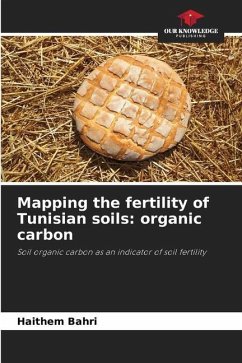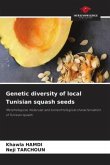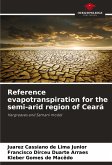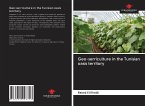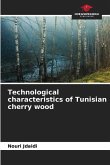This study has enabled the mapping of organic carbon stocks in Tunisian soils while developing an integrated methodology. Indeed, on a national scale and on 1 meter depth, Tunisian soils store 0.859 Gt C. About 46% of this stock (0.402 GtC) are located in the surface horizon (0-30 cm). This work has provided some answers to questions about the distribution of organic carbon. The maps obtained can be considered as a tool to visualize and monitor the level of fertility of Tunisian soils. They also constitute an interactive decision support tool that allows visualizing the response of soils to different scenarios such as the adoption of new cropping systems (adoption of conservation agriculture, adoption of agro-forestry ...) or changes in land use or climate change.
Bitte wählen Sie Ihr Anliegen aus.
Rechnungen
Retourenschein anfordern
Bestellstatus
Storno

